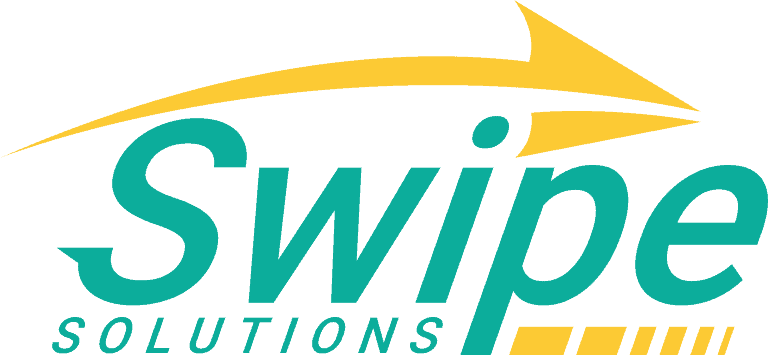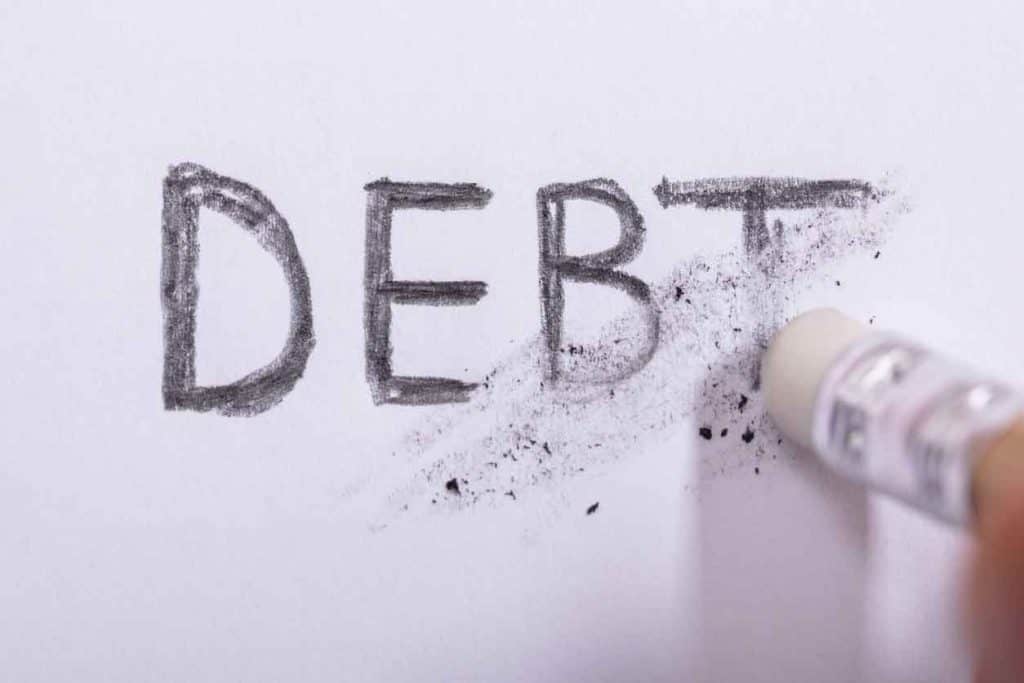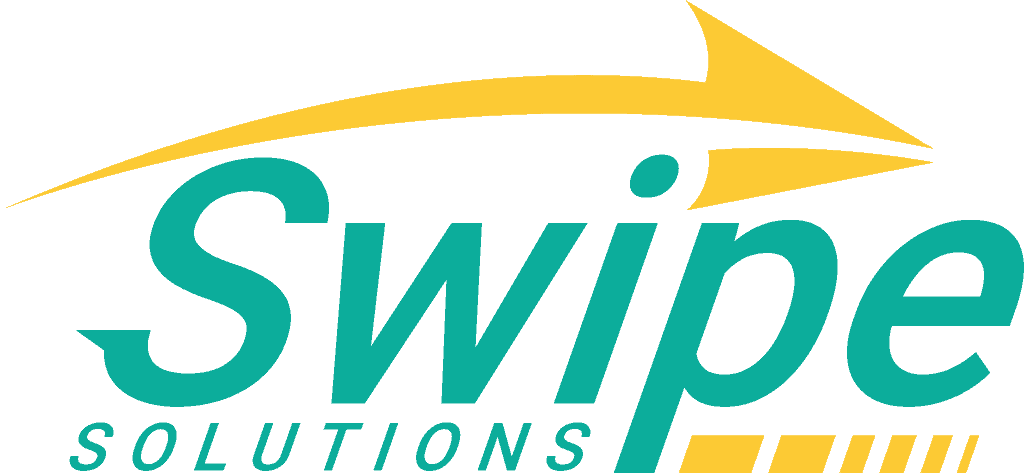Right now, consumers hold $13.86 trillion in debt in the United States. While accessing loans is useful, paying them back can be stressful. If you get into too much debt, you may need debt or credit card help to manage your debt responsibly.
By taking control of your debt, you can reduce the amount you spend on interest each month. In addition, managing your debt responsibly allows you to build good credit. With a few simple techniques, you can take the first step toward conquering your debt and achieving your financial goals.
What Is Debt?
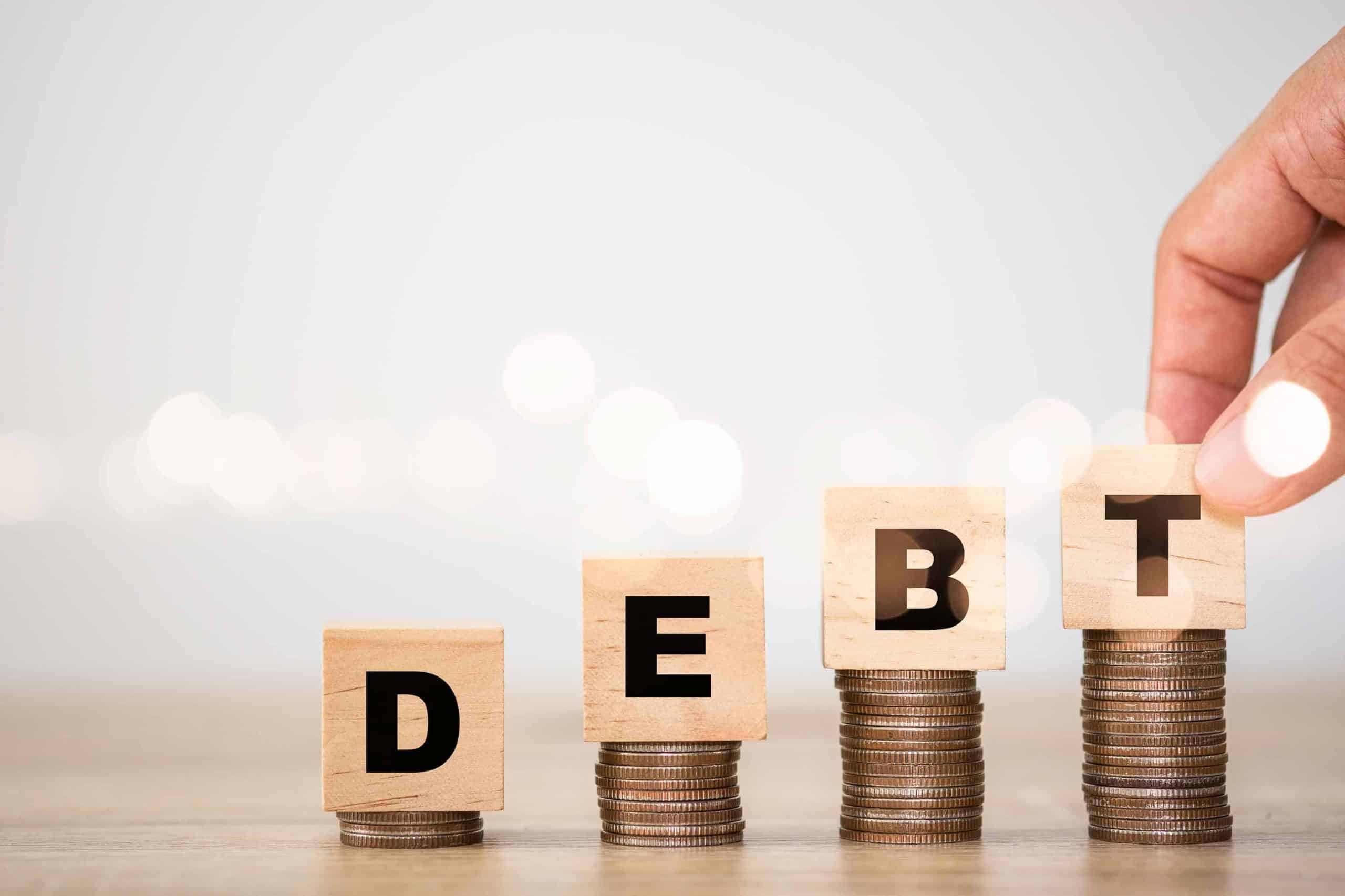
At a basic level, debt is anything you owe to someone else. If you owe a debt to your bank, a contract specifies how much you pay and how frequent your payments are. Because the bank can no longer use those funds until they are repaid, they charge an interest rate. This interest rate is based on your personal risk level and the kind of debt, so it can vary significantly.
Secured Versus Unsecured Debts
Your bank or lending institution wants to recuperate the loan amount, and there are several ways they try to mitigate their risk. One way they can reduce risk is by asking for collateral. For example, a mortgage uses your new home as the collateral. If you do not repay your mortgage, the bank can sell your home to recuperate the rest of the mortgage.
When a loan requires collateral, it is known as secured debt. Because the bank is able to recuperate some of their losses no matter what happens, this type of debt generally has a lower interest rate. Unsecured debt like personal loans and credit cards have higher interest rates because the bank loses all of the money you are unable to pay back.
Medical Bills
Medical bills are a frequent source of debt for Americans. Unfortunately, many medical debts are extremely expensive. In a recent study, the Consumer Financial Protection Bureau discovered that medical bills were the top reason why people were called by debt collectors.
If you are struggling to repay your medical bills, you can talk to a credit counseling agency about setting up a payment plan. You may also be able to get a medical credit card. In some cases, a medical bill advocate can help you tackle your medical debts as well.
Student Loans
Many students graduate from college with student loan debts, and it can take years to repay student loans. These loans have different requirements based on whether they use federal or private loan providers.
If you need help with student loans, you can talk to your student loan servicer about relief options. You may also apply for forgiveness if you meet the eligibility requirements. Borrowers can also apply for an income-driven repayment plan to make their debt easier to handle.
Credit Cards
In just 2017, Americans had $905 billion in credit card debt. If you need credit card help, there are a few options available.
A nonprofit credit counseling agency can help you create a debt management plan. You can also convert your credit cards into a debt consolidation loan. By doing this, you can reduce the interest rate you pay. In extreme cases, you can also talk to a bankruptcy attorney about your options.
Mortgage
For many families, getting a mortgage is the biggest financial decision they will ever make. Unfortunately, it may also be the most expensive decision as well.
While mortgages generally have a low interest rate, it can take 30 years to pay them back. When you do not make your mortgage payments, the bank can take your house. If you have trouble paying your mortgage, you can try refinancing it.
Some owners may also be interested in a cash-out refinance. This option allows you to take out a loan on a property you already own. Afterward, you can use the funds for things like paying off a lien or other expenses.
Personal Loans

Personal loans can be used for a variety of reasons, but you may have to pay an interest rate of 36 percent.
With a personal loan, you can cover medical bills or remodel your home. You can also use personal loans for debt consolidation. These loans are generally available with terms lasting between two to five years.
If you have problems paying back your loan, you can get help by calling your lender. You may be able to defer some of your payments. In addition, some lenders offer hardship plans.
Car Loans
A car loan can help you achieve your dream of buying a vehicle, but it can be expensive to pay back.
Car loans are generally available for longer than short-term options like personal loans. Because car loans are a kind of secured debt, you can lose your vehicle if you do not pay them back. If your budget is tight, you can try refinancing your loan. You can also downsize your vehicle for a cheaper option or try selling your car to cover the remaining loan costs.
Collection Accounts
Once something goes to a collection agency, the interest rate and fees can quickly start to add up.
An estimated one out of three people have an account in collections. Debt collectors do not always follow the rules, so it is important to learn your debt collection rights. In addition, you should never feel pressured to give the debt collectors a quick payment. Instead, you should collect all of the information you can and find a way to resolve the account.
How to Handle Your Debts
If you are like most Americans, you have some type of debt payment each month. To start tackling your debts, use the following tips.
1. Calculate Your Debts
In order to pay back your debts, you have to know how much you owe.
To do this, you should sit down and make a list of your debts. Write out the amount, your creditor, the monthly payment and the payment’s due date. If you are uncertain about how much you owe, you can always use your credit report to look up debt information.
By creating a list of your debts, you can see the big picture. Then, you can update your list as you make payments. Ideally, you should revisit this list every few months as you pay off some of your debts.
2. Choose a Debt Strategy
In the beginning, tackling your debts can seem extremely daunting. This is especially true if you are dealing with a significant amount of debt.
Thankfully, there are a few strategies you can use to make paying off your debts easier. Debt strategies like debt avalanche can help you tackle the worst debts first. By picking one of the following strategies, you can create the best plan for getting rid of debt.
- Debt consolidation: By getting a consolidation loan like a personal loan, you can get better benefits. For example, you may be able to get a lower interest rate or a more manageable payment. The new loan may also have a shorter repayment period, so your debts will go away faster.
- Debt avalanche: With this strategy, you start by paying the debt that has the highest interest rate. You still make the minimum payments on your other debts, but your payments are primarily focused on the debts that cost you the most each month. Once you pay off one debt, you move on to the debt with the next highest rate.
- Debt management plan: If you are struggling with credit card debts and large payments, it may seem impossible to pay anything off. You can talk to a credit counseling agency to figure out a plan that includes a lower interest rate.
- Debt snowball: The debt snowball is designed to work with human psychology. With other plans, you generally pay the debt with the highest interest rate. This can be difficult mentally because it could take years to pay off a single debt. With the debt snowball, you start by paying off the account with the smallest balance. Then, you roll that payment amount over to the next debt.
3. Start by Paying Your Bills on Time
Late payments can impact your credit score, which can increase your interest rate. This is important because a higher interest rate makes your debt more expensive to pay back.
You can avoid late payments by always paying your bills early. If you end up missing two payments in a row, your finance charges and interest rate will go up. When you do miss a payment, you should send it in right away instead of waiting for the next billing cycle.
4. Create a Payment Calendar
A bill payment calendar is a useful way to avoid late payments.
You can set up a bill payment calendar on your mobile device or on your computer. When you create the calendar, you should write the amount of the payment on the date it is due. If you get paid on the same day each month, you can use the same calendar each month.
5. Make at least the Minimum Payment
Even if you cannot pay off a large amount, you should still make the minimum payment each month.
If you do not make the minimum payment, it will end up hurting your credit score. In addition, your debt will keep increasing because of the interest costs. While you should ideally pay off as much as possible, you should always make the minimum payment on all of your debts.
6. Look at Your Debt-to-Income Ratio
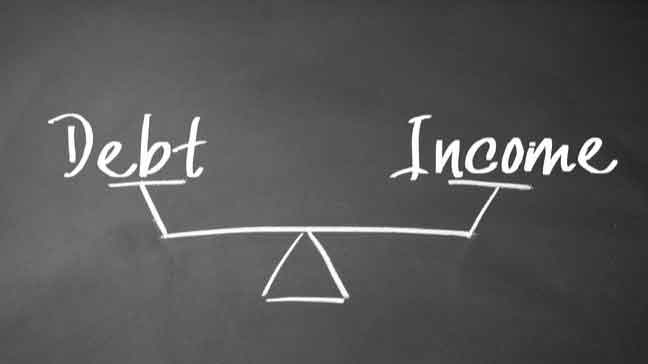
Your debt-to-income ratio helps you determine if your debt level is sustainable. It is the ratio of your monthly debts to your income.
For example, we will assume that someone has a $200 car payment and a $1,000 mortgage. They earn $3,000 a month. This means that their debt-to-income ratio is 40 percent because the $1,200 in debt payments is 40 percent of their monthly income.
In general, you want to keep your debt level as low as possible. If you are applying for a mortgage, you will probably be denied if your debt-to-income ratio is higher than 43 percent. You can also get better financing options if you reduce your debt-to-income ratio.
7. Find Ways to Cut Your Interest Rates
Over time, interest costs can quickly add up. If you are struggling to repay your debts, a lower interest rate can reduce the amount you pay each month.
You can reduce your interest rate through a variety of different options. For example, a balance transfer allows you to transfer debt from a high-interest credit card to a low-interest credit card. You can also refinance your home loan or car loan if there are lower interest rates available.
If you have credit card debt, a personal loan may help. Personal loans are a way to consolidate your debts into one monthly payment. Depending on the provider, you may be able to get a personal loan for a significantly lower interest rate. You may also be able to use a home equity loan to repay the debts that have the highest rates.
You Have the Power to Take Charge of Your Debts
You do not have to suffer under a mountain of debts forever. Whether you want credit card help or consolidation loans, there are options available that can help you out.
If you are struggling with debts, start by figuring out how much you owe and your debt strategy. Then, you can make extra payments each month and gradually reduce your overall debt level. With time, you can effectively get out of debt.
- Calculate your debts.
- Choose a debt strategy.
- Start by paying your bills on time.
- Create a payment calendar.
- Make at least the minimum payment.
- Look at your debt-to-income ratio.
- Find ways to cut your interest rates.
